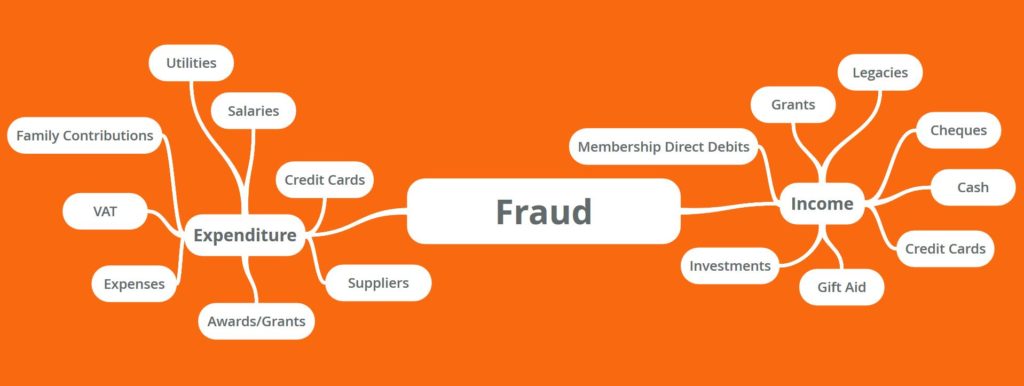Preventing Fraud in Charities: A How-to on Fraud Risk Management
Fraud costs civil society up to £1.9 billion every year and that doesn’t include voluntary and aid organisations. Although this is a daunting number, through your culture, policies and risk management, you can reduce your charity’s risk of being a victim of fraud.
Fraud in charities is estimated to cost civil society up to £1.9 billion of their income and expenditure. That number represents 2.5% of the sector’s total and is up from 2011’s 1.6%. So, what steps can you take to prevent fraud in your charity? We have broken this guide down into three key areas.
Culture
Quite simply, the culture of any organisation comes from the top down, developing from the behavioural norms and values of its leadership. So demonstrate and expect ethical behaviour, reinforce your blame-free culture and whistle blowing policies.
Strategy & Policy
A fraud strategy should outline the practical processes for preventing (and reacting to) fraud. For instance, your fraud strategy may include a risk register (mentioned below) and should explain how your policies – as well as any other solutions you have implemented, such as insurance – will work together to protect your organisation.
Your fraud policies are vital to formalise and legitimise your organisation’s outlook on fraud and the repercussions of fraudulent behaviour. Ensure that these policies are clear and well-understood by your employees, volunteers, officers and leadership. A whistle-blower policy is a great idea; you can either have an internal process for this or recommend whistle-blowers contact organisations such as Crimestoppers to report fraud concerns anonymously.
Risk Assessment
Fraud should feature on your charity’s general risk assessment; however, you may decide to investigate this issue with its own risk register. One approach to doing this is to create a mind map listing your income and expenditure routes, like the one above, and work from this to identify where there is the potential for fraud, theft or corruption. Then follow the standard risk assessment process and consider the impact each risk could have and how to reduce or remove the risk. We have created a simple Fraud Identification Tool that can be used with the Fraud Mindmap to identify areas of concern; you can download the Fraud Identification Tool here.
You may find that insurance is the most suitable response to certain risks. For example, Fidelity Insurance for charities can provide cover in the case of fraud or theft by a trustee, employee or volunteer. Specialist charity insurance policies should give you the option to purchase this cover.
